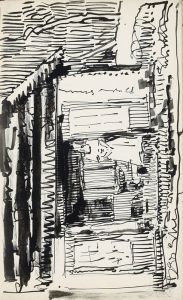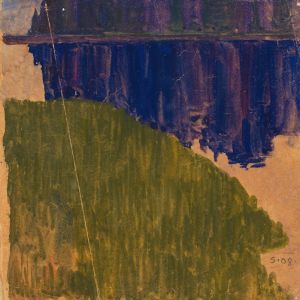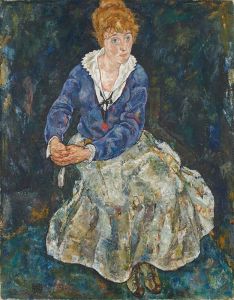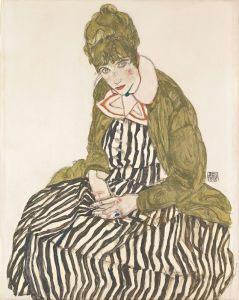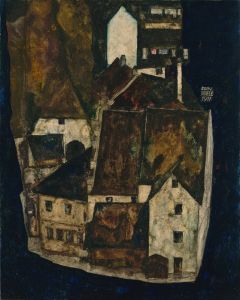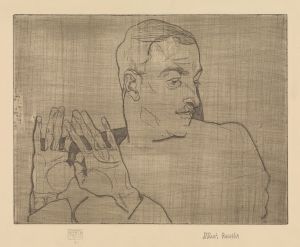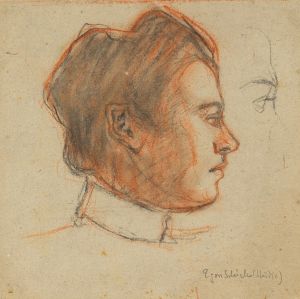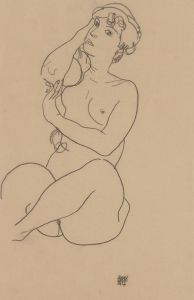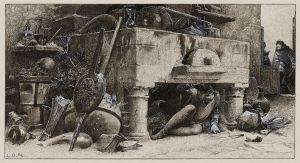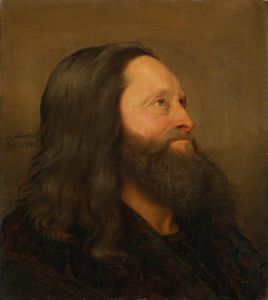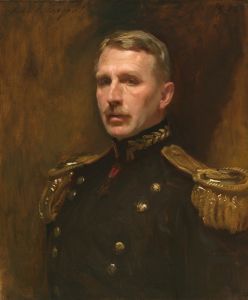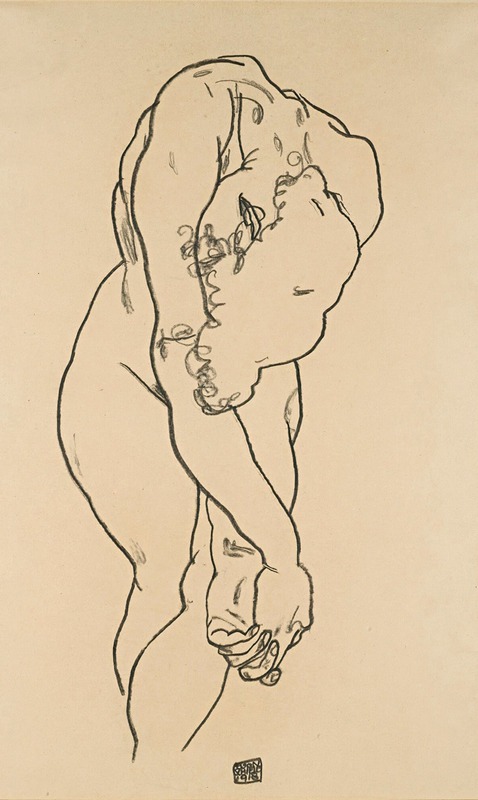
Bending Woman With Head Bowed And Crossed Hands
A hand-painted replica of Egon Schiele’s masterpiece Bending Woman With Head Bowed And Crossed Hands, meticulously crafted by professional artists to capture the true essence of the original. Each piece is created with museum-quality canvas and rare mineral pigments, carefully painted by experienced artists with delicate brushstrokes and rich, layered colors to perfectly recreate the texture of the original artwork. Unlike machine-printed reproductions, this hand-painted version brings the painting to life, infused with the artist’s emotions and skill in every stroke. Whether for personal collection or home decoration, it instantly elevates the artistic atmosphere of any space.
Egon Schiele, an Austrian painter known for his distinctive style and provocative subject matter, created the artwork "Bending Woman With Head Bowed And Crossed Hands" in 1918. Schiele was a protégé of Gustav Klimt and a major figure in the early 20th-century Viennese art scene. His work is characterized by its intensity, raw emotional expression, and often erotic themes, which challenged the conventional norms of his time.
"Bending Woman With Head Bowed And Crossed Hands" exemplifies Schiele's unique approach to the human form. The painting depicts a female figure in a contorted pose, with her head bowed and hands crossed. This posture is typical of Schiele's exploration of the human body, where he often portrayed figures in unconventional and sometimes uncomfortable positions. The painting reflects his interest in capturing the psychological depth and vulnerability of his subjects.
Schiele's use of line and color in this work is notable. He employs bold, expressive lines to outline the figure, a technique that emphasizes the contours and tension in the body. The color palette is subdued, with earthy tones that add to the somber and introspective mood of the piece. This choice of color and the starkness of the lines contribute to the emotional impact of the painting, drawing the viewer's attention to the inner world of the subject.
The year 1918, when this painting was created, was significant in Schiele's life and career. It was the year of his untimely death at the age of 28, due to the Spanish flu pandemic. Despite his short life, Schiele produced a substantial body of work that left a lasting impact on the art world. His paintings, including "Bending Woman With Head Bowed And Crossed Hands," are celebrated for their innovative approach to form and their exploration of complex human emotions.
Schiele's work was initially met with controversy due to its explicit content and departure from traditional artistic norms. However, over time, his contributions to modern art have been recognized and appreciated for their boldness and originality. His exploration of the human condition, as seen in this painting, continues to resonate with audiences today.
The painting is part of Schiele's broader oeuvre, which includes numerous portraits, self-portraits, and figurative works. His art is often associated with the Expressionist movement, which sought to convey emotional experience rather than physical reality. Schiele's ability to capture the essence of his subjects with such intensity and honesty is a testament to his skill and vision as an artist.
In summary, "Bending Woman With Head Bowed And Crossed Hands" is a compelling example of Egon Schiele's artistic style and thematic concerns. Through his distinctive use of line, color, and composition, Schiele invites viewers to engage with the emotional and psychological dimensions of his work. This painting, like much of Schiele's art, challenges viewers to reconsider their perceptions of beauty, vulnerability, and the human experience.





